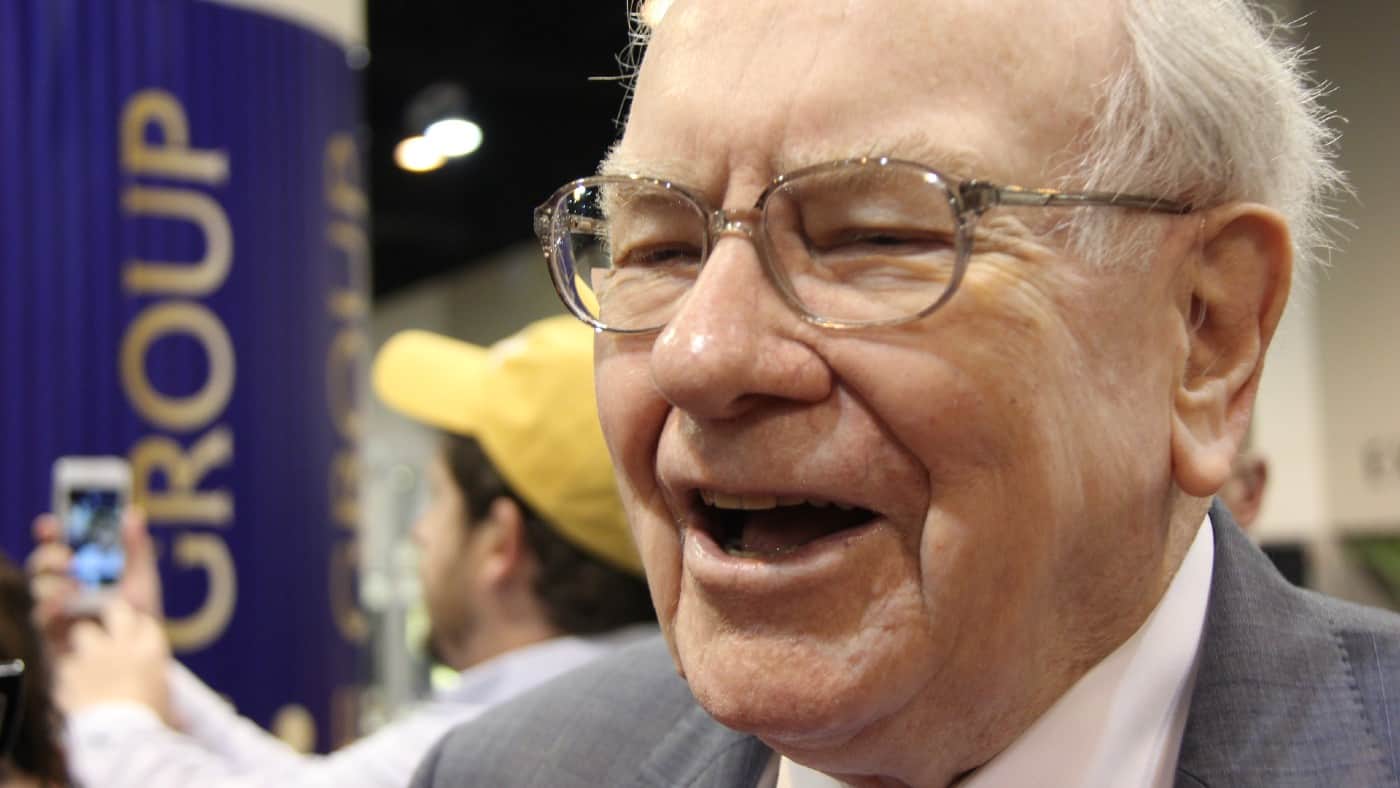Warren Buffett is not a dividend investor. However, he has built a portfolio of high-quality dividend stocks over the past couple of decades, which generate billions of dollars in passive income.
How did he do this? He focuses on finding companies that have the potential to enjoy high profit margins. Businesses with high profit margins can afford to return lots of cash to shareholders. By contrast, corporations with low margins may struggle to increase shareholder returns.
And that focus on high margins is the approach I am following to build a passive income portfolio.
Should you invest £1,000 in Rightmove right now?
When investing expert Mark Rogers has a stock tip, it can pay to listen. After all, the flagship Motley Fool Share Advisor newsletter he has run for nearly a decade has provided thousands of paying members with top stock recommendations from the UK and US markets. And right now, Mark thinks there are 6 standout stocks that investors should consider buying. Want to see if Rightmove made the list?
Warren Buffett’s strategy
It is all too easy to look for the market’s top income stocks when building an income portfolio (I mean companies with the highest dividend yields when I say ‘top income stocks’).
This strategy can produce returns, but it can also come with significant risks. A high dividend yield can signify that the market does not believe the payout is sustainable. In these situations, buying a high-yield stock can lead to more issues than it is worth. For example, if a company does have to cut the payout, the resulting share price fall could significantly exceed any potential income earned.
That is why I favour Warren Buffett’s approach. The Oracle of Omaha does not pursue dividends. They are simply a happy result of his desire to find companies that look after shareholders.
Coca-Cola is a great example. When he first bought the stock in the late 1980s, the shares offered a dividend yield of around 3%. Today, the investment produces a dividend equivalent to 50% of the initial capital investment. As the company has increased its dividend, the return for long-term investors has steadily increased. It has become a high-yield stock as a result for anyone who bought and held.
Passive income investments
I think a couple of companies could help me replicate this approach.
The first is the generic drugs producer Hikma. The corporation only pays out a small percentage of its earnings every year and reinvests the rest. Its dividend has grown steadily over the past 10 years, as profits have expanded. There is no guarantee this trend will continue, but if the world continues to consume more pharmaceutical products, it seems likely the company’s profits will continue to expand.
Another example is AG Barr. This business has a good track record of returning cash to investors with dividends and share buybacks. As such, I think it has scope to become a Warren Buffett style passive income investment over the next few years.
Of course, buying these companies does not guarantee a high return or passive income as company- or sector-specific issues can always derail my strategy. However, I think that by adding these firms to my portfolio, I will increase my chances of earning an income from dividend shares. There could also be potential for significant dividend growth over the next few years.







